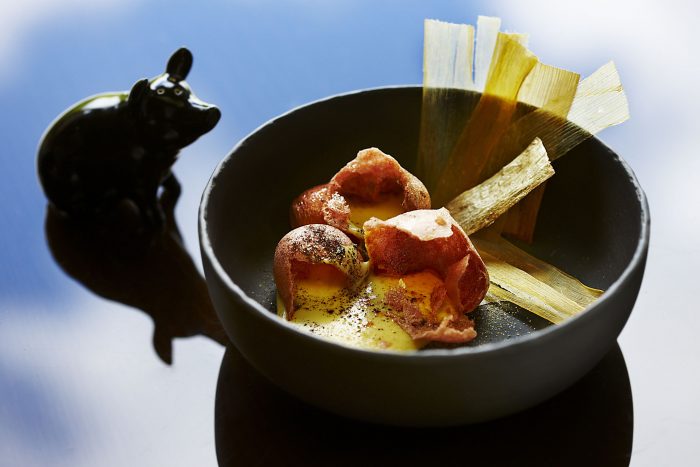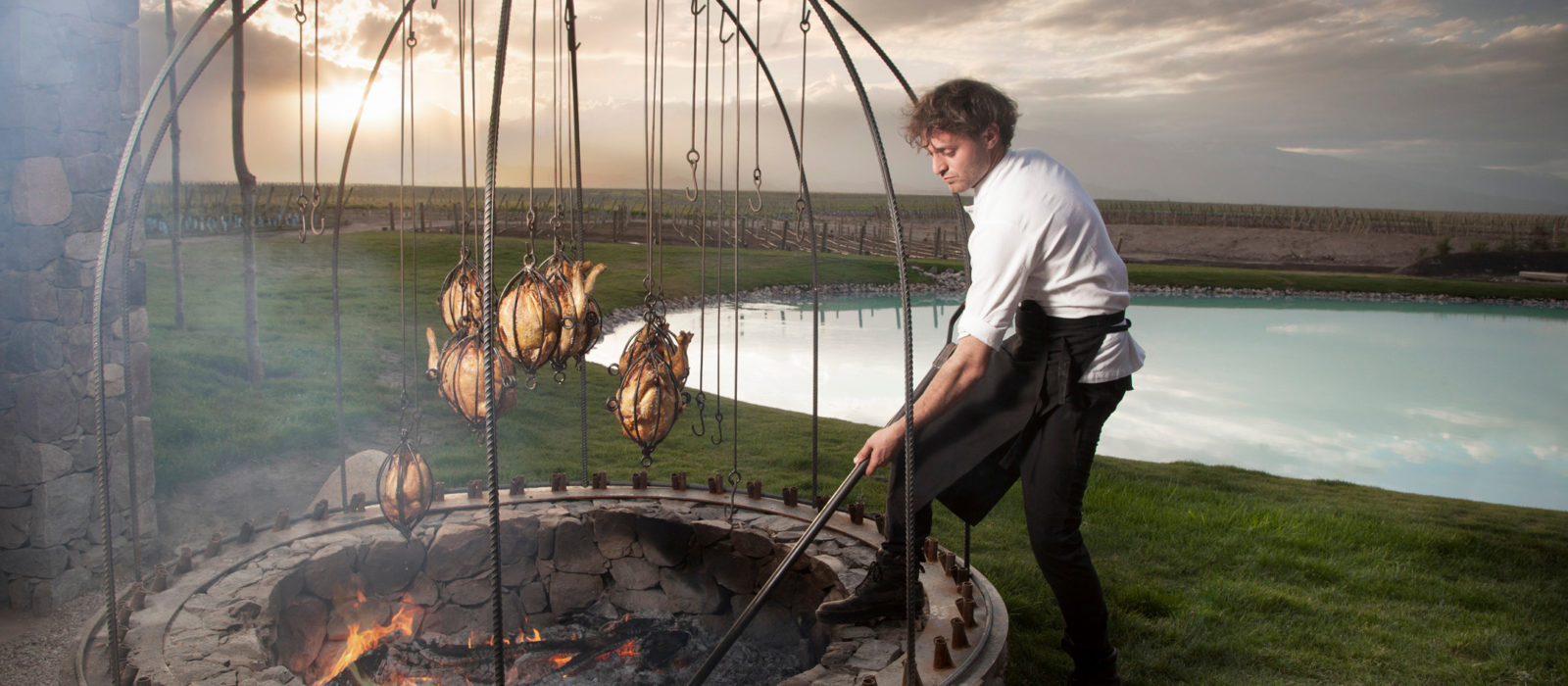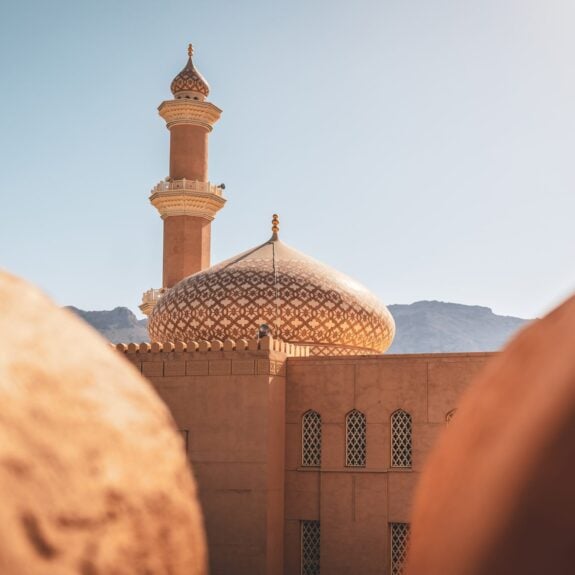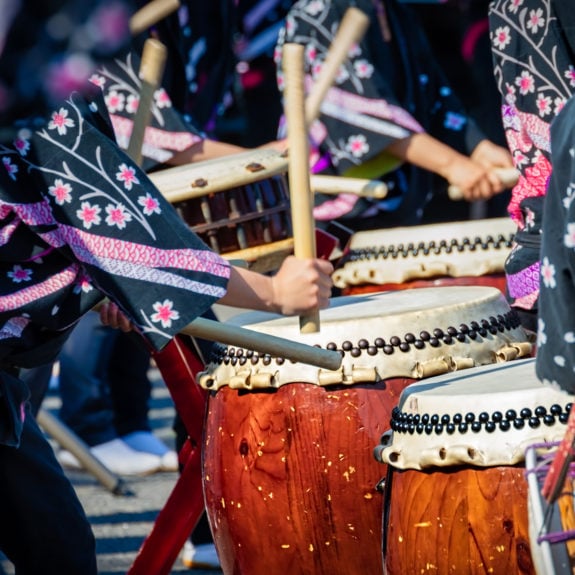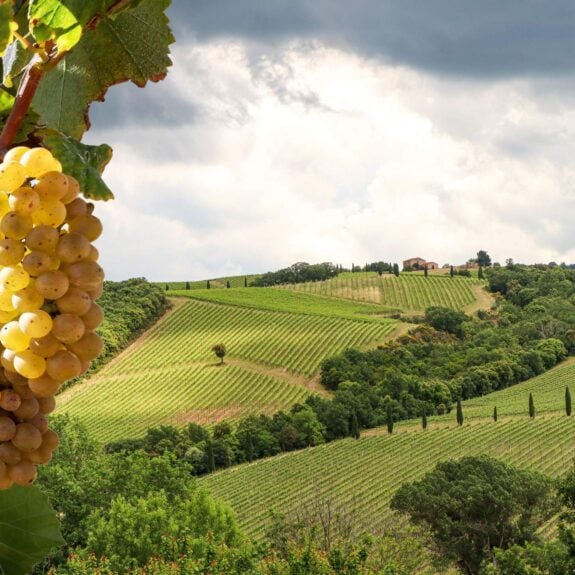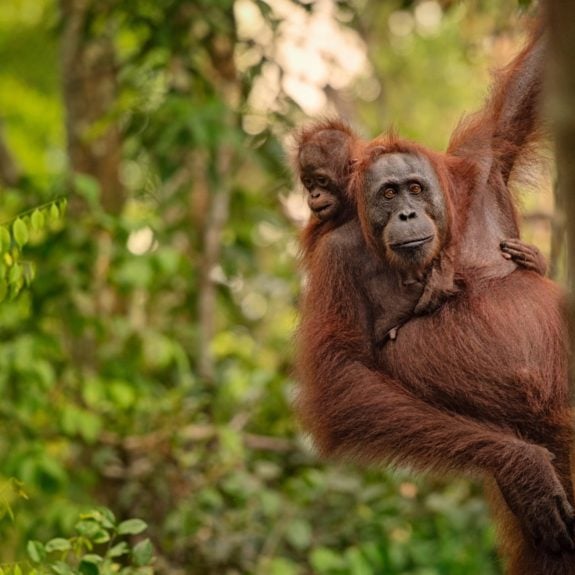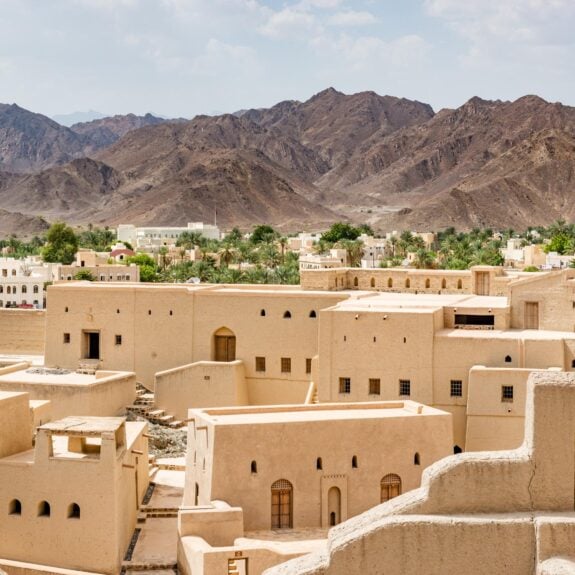Published on: May 23rd, 2014
Last modified: March 7th, 2018
Three wholly different destinations, Argentina, Singapore and South Africa, are each lauded for their rich culinary heritage. We speak to some of the world’s top chefs who are behind each nations’ most outstanding restaurants.
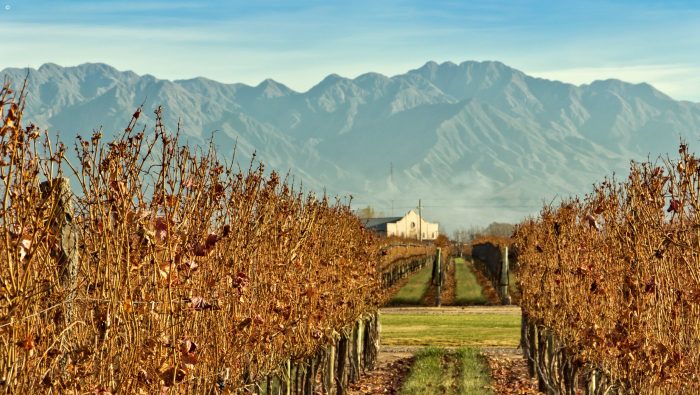
Argentina
Food is intrinsic to discovering the soul of a country, bringing people together and making travellers feel at home, while simultaneously giving an insight into the roots of the country. Argentina is no exception. Both the food of the country‘s indigenous cultures and of the European settlers, predominantly from Italy and Spain, made Argentine cuisine what it is today. The nation is best known for its Asado – which many say is some of the best beef across the world – from gaucho raised, grass-fed cattle. At The Vines Resort and Spa, in the picturesque wine region of Mendoza, the restaurant Siete Fuegos has become world famous for its typically Argentine dishes by the internationally acclaimed chef Francis Mallmann. The local and seasonal produce is cooked over an open flame, giving dishes like the nine-hour slow grilled ribeye and the baked salt-encrusted salmon, a rustic and fiery flavour.
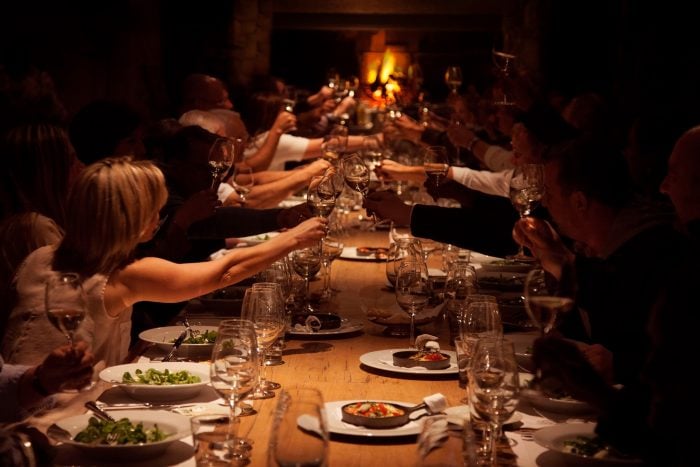
Word from the chef
Francis Mallmann of Siete Fuegos – Mendoza ARGENTINA
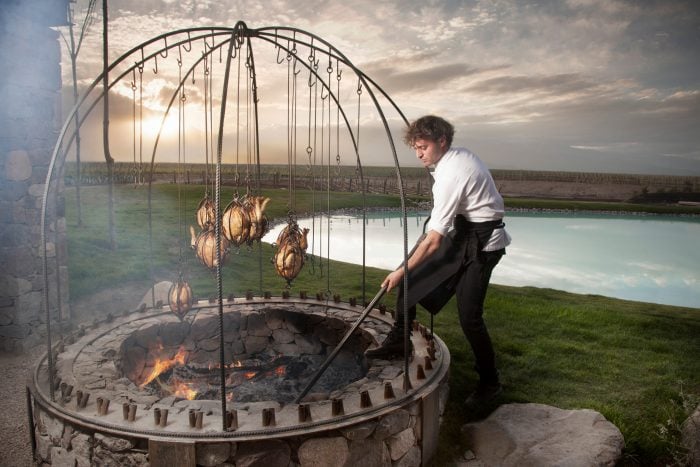
Why dine at Siete Fuegos?
Because it’s going back to a path that holds the collective memories of our native land. It’s beyond understanding and at the edge of uncertainty. You lose track of your knowledge of food, to start again with new rules.
How does the food reflect Mendoza and Argentina?
It reflects the idiosyncrasy of our people and the romance of our land.
Which dish do you recommend?
Vegetables cooked in ashes [rescoldo].
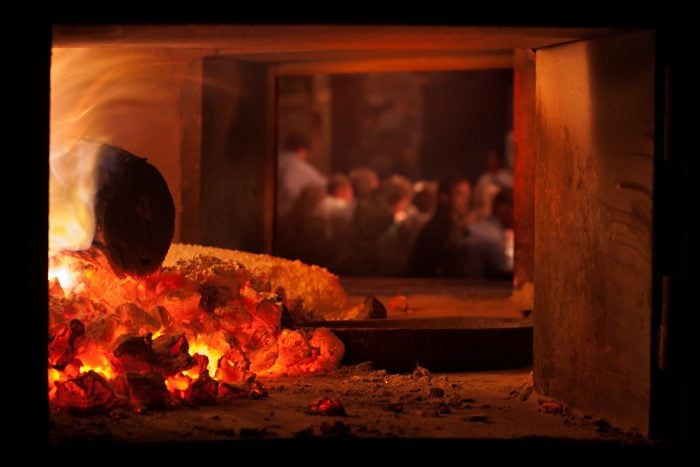
Singapore
Food is so important to Singapore, that it is seen as an integral part of the nation’s identity – you might even say it’s a national obsession. The local cuisine is evidence of the island’s incredible cultural diversity, with Malay, Chinese, Indian and Western influence, among many other nations. With such an importance in food, the restaurant scene is flourishing. One of the most renowned fine dining spots is Waku Ghin at the city’s iconic Marina Bay Sands, helmed by famed chef Tetsuya Wakuda. A multiple course degustation menu is prepared specially for each of the diners at their table, using the season’s best ingredients such as whole abalone, crafted with innovative techniques.
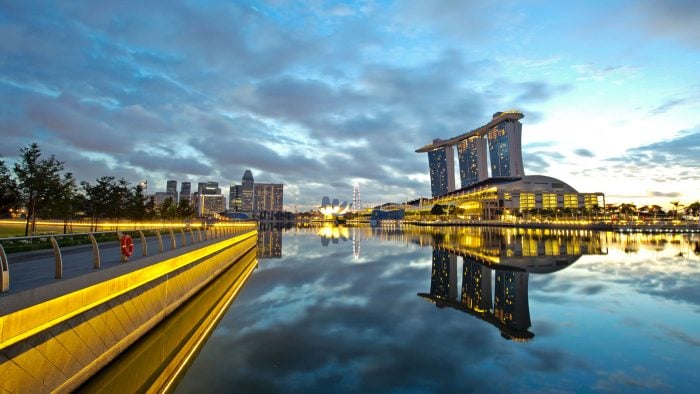
Word from the chef
Tetsuya Wakuda of Waku Ghin – SINGAPORE
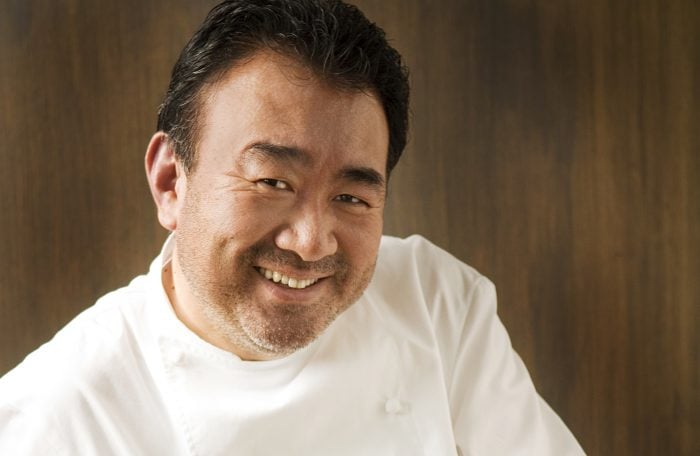
Why dine at Waku Ghin?
I’ve always wanted to do a chef’s table. I get to do that at Waku Ghin, which has four private dining rooms where we prepare some of the dishes in front of diners. This closeness between the chef and our guests reminds me of my earlier days. That’s the kind of intimacy that I wanted to recapture. It’s very special.
How does the food reflect Singapore?
In Singapore, eating is a national sport. At Waku Ghin, in terms of cuisine, we’ve been able to source more widely here. I get to source ingredients from all over the world. When it’s summer in Australia, we have the winter in Europe, so I’m able to enjoy the seasonal picks from each hemisphere. The abundance and range of produce available here is amazing.
Which dish do you recommend?
Marinated Botan shrimp with sea urchin and Oscietra caviar is our signature dish.
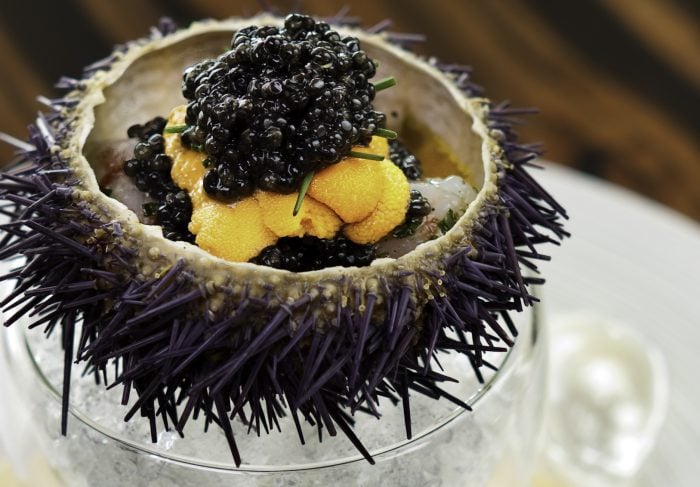
South Africa
Another country to show off its heritage through the diversity of its cuisine is South Africa, which offers up food that is influenced by a history of colonialisation and immigration, alongside the traditions of the indigenous communities, while also being defined by the exceptional abundance of fresh seafood, meat and locally grown produce. From two of the stylish world class restaurants on offer, we speak to Relais & Chateaux Grand Chef Peter Tempelhoff of The Cellars-Hohenort in Cape Town, and fellow Relais & Chateaux chef, Margot Janse of The Tasting Room at Le Quartier Francais in South Africa’s winelands. Tempelhoff focuses on creating tasting menus and a la carte options that make the most of the season’s local produce using creative international techniques, such as crayfish custard and sweetcorn mousse. Dishes are paired with South African fine wines, and there’s even a Dom Perignon collaboration menu. Over at The Tasting Room, Janse creates each course of the eight-course African-inspired tasting menu with an element of the unexpected, such as the sweet dish baobab honeybush macadamia.
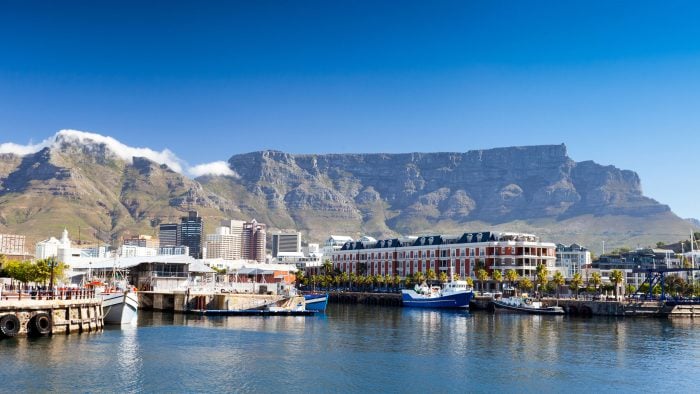
Word from the chef
Peter Tempelhoff of The Cellars-Hohenort – Cape Town SOUTH AFRICA
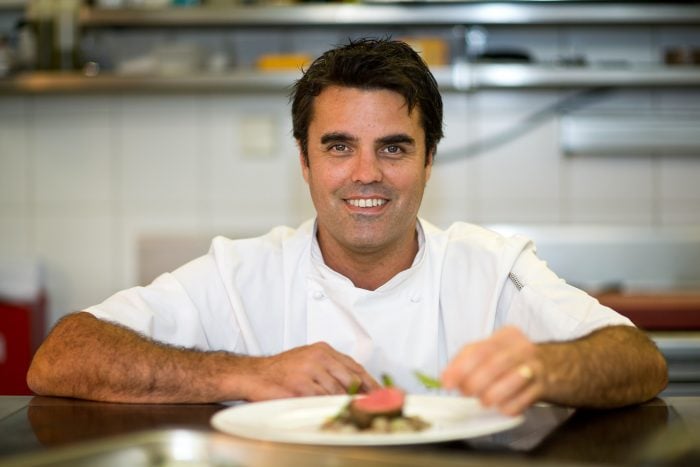
Why dine at The Cellars-Hohenort?
Our award winning restaurants utilise the produce and ingredients from the region with an emphasis on progressive South African cuisine. There is all day dining in The Conservatory, which is in the shadows of Table Mountain, while the other option, is dinner at the Greenhouse restaurant.
How does the food reflect South Africa?
South African food is entirely dependent on the seasons. Living so far from the rest of the world – where importing food is poor economics – is actually a blessing in disguise. Why would I want to cook with peaches in winter or oranges in summer and why would I want a piece of fruit or meat flown 10 thousand kilometres, for me to put it on a plate and feed it to a guest? I love being inextricably linked to the seasons, at one with the African earth, and dependent on the rainfall for my cepes and the sunshine for my hanneport grapes. This is what seasonal cooking is all about.
Which dish do you recommend?
The camembert cheesecake – its been on our menu for four years, since the Greenhouse opened, and has become our signature dessert.
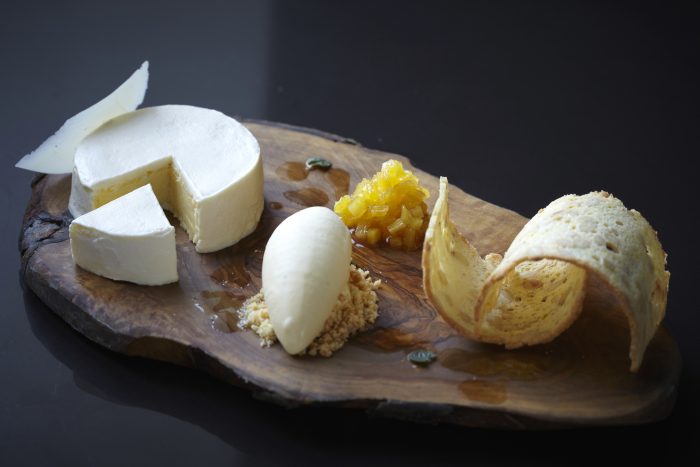
Margot Janse of The Tasting Room – The Winelands SOUTH AFRICA
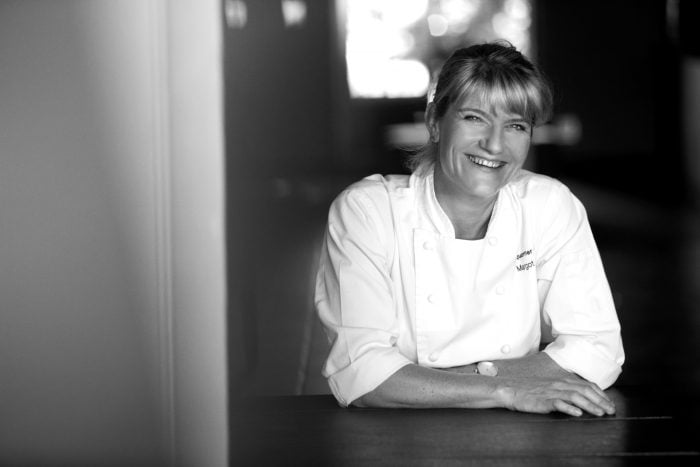
Why should people dine at The Tasting Room?
To experience South Africa and its flavours, interpreted by my team and I.
How does the food reflect South Africa?
We only use local and African ingredients, focusing on indigenous produce.
Which dish do you recommend?
The eight course surprise menu constantly evolves and showcases all our amazing ingredients. I love working with buchu, baobab and sour figs. We use local duck, octopus, and wildebeest that we age for two weeks.
